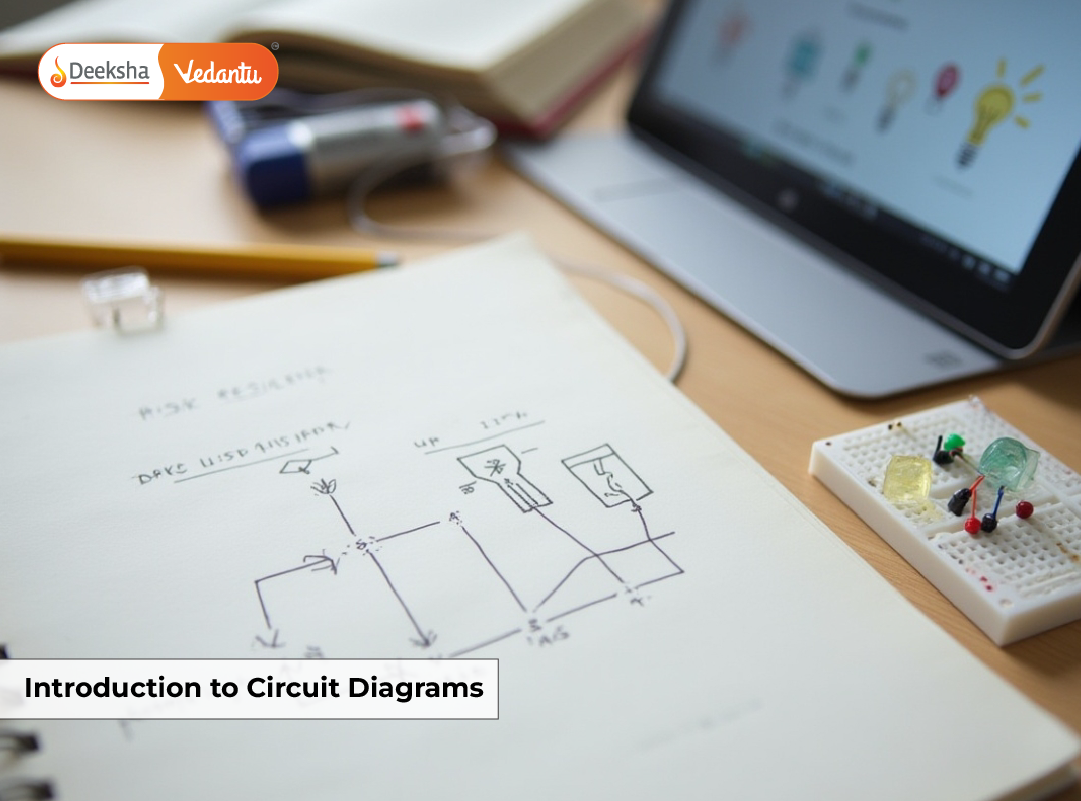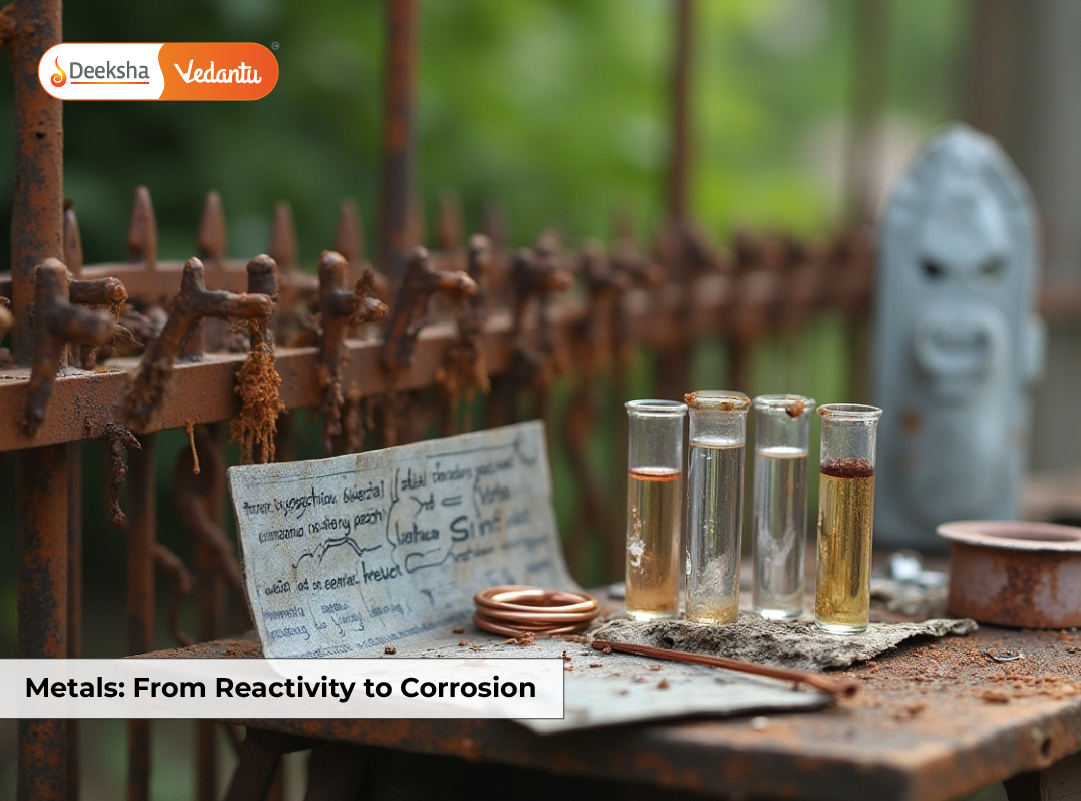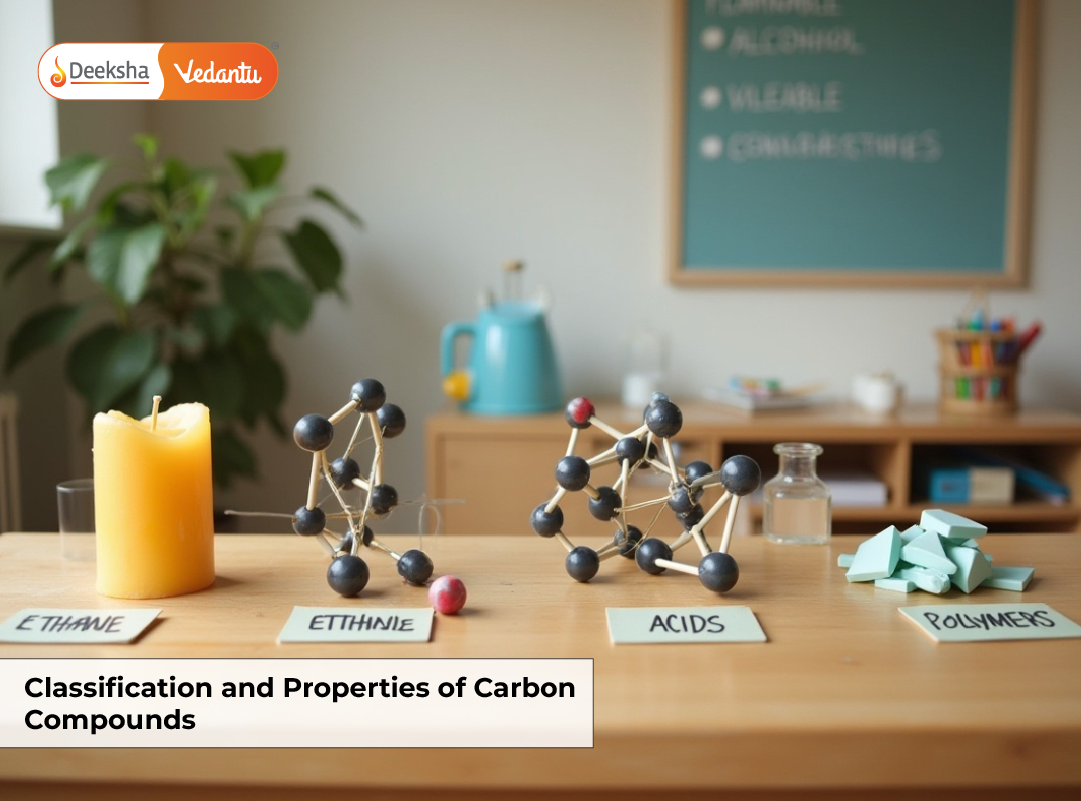Introduction
Cell Cycle and Division is one of the foundational chapters in Class 11 Biology and holds significant importance in NEET 2025 preparation. Though the topic may appear theoretical, it is often tested in NEET through direct, conceptual, and diagram-based questions. A clear understanding of the phases of the cell cycle, differences between mitosis and meiosis, and the functional relevance of each process can help you answer these questions accurately and quickly.
What makes this chapter particularly scoring is its predictable nature. The concepts are clearly outlined in the NCERT textbook, and questions are usually straightforward if your basics are clear. In this blog, we will explore the key areas to focus on, most expected NEET questions, and a smart preparation plan to help you master this topic effectively.
Explore Deeksha Vedantu Long Term NEET Coaching to boost your NEET Scores today.
Why Cell Cycle and Division Matters in NEET
Cell Cycle and Division may seem like a short chapter, but it plays a vital role in NEET Biology. Every year, NEET question paper includes at least one or two questions from this chapter, and they are typically concept-based or diagram-related. This makes it a high-return topic for students who invest a little focused time in it.
This chapter forms the basis for understanding growth, development, repair, and reproduction in living organisms. The processes of mitosis and meiosis are frequently tested, especially the ability to differentiate between stages, identify structures in diagrams, or understand the biological significance of each division.
Students often find this chapter tricky not because of its content, but because they fail to visualize what is happening at the chromosomal level during each phase. Diagrams and flowcharts are extremely important here, and questions are often crafted to test small differences or logical application rather than just facts.
Mastering this chapter gives you an easy scoring edge, especially when other parts of the Biology syllabus are more memory-based or time-consuming.
NCERT Highlights: What to Study in Cell Cycle and Division
The NCERT Class 11 Biology textbook covers Cell Cycle and Division in detail, and nearly all NEET questions on this topic are based on the content given here. A focused reading of the chapter can help you grasp the sequence of events, structural changes, and biological significance of the processes involved.
Phases of the Cell Cycle
Understand the sequence and duration of the four major phases—G1, S, G2, and M. Questions often test the order of these phases and their defining characteristics. Knowing the role of checkpoints and the interphase activities is essential.
Mitosis
Study the events in each stage—prophase, metaphase, anaphase, and telophase. Learn to identify these phases in diagrams based on chromosome alignment and movement. Also, understand the significance of mitosis in growth and tissue repair.
Meiosis
Meiosis is frequently tested due to its complexity. Pay special attention to prophase I, where sub-stages like leptotene, zygotene, pachytene, diplotene, and diakinesis occur. Compare meiosis I and II, and understand how genetic variation arises through crossing over.
Cytokinesis
While often overlooked, the process of cytoplasmic division can be questioned in NEET. Focus on the differences in cytokinesis between plant and animal cells.
Key Terms and Processes
Be thorough with terminology like spindle fibers, centromeres, chromatids, synapsis, and chiasmata. These often appear in NEET’s one-liner or diagram-based questions.
This chapter is highly visual and procedural, making it ideal for smart preparation through repeated practice and active recall.
Most Expected NEET Questions from Cell Cycle and Division
Questions from this chapter in NEET tend to focus on application, identification, and comparison rather than memorization. Here’s how they are generally structured and what you should be ready for.
NEET Resource – NEET Mock Tests
Concept-Based Questions
- These questions test your understanding of the sequence and function of phases within the cell cycle.
- Identify the correct sequence of cell cycle phases
- Understand the importance of G1 and G2 in preparation for mitosis
- Differentiate between interphase and mitotic phase
- Recognize the function of cell cycle checkpoints and where they occur
Diagram-Based Questions
- Diagrams play a major role in NEET questions from this topic, especially for mitosis and meiosis.
- Labeling or identifying stages of mitosis or meiosis from diagrams
- Choosing the correct diagram based on the description of chromosome arrangement
- Interpreting diagrams to determine the stage of division (e.g., metaphase or anaphase)
Application-Level Questions
- These questions connect the process of cell division to real biological functions or evolutionary concepts.
- Understanding the role of mitosis in growth and asexual reproduction
- Interpreting how meiosis contributes to genetic variability
- Spotting the difference between mitotic and meiotic divisions in tissue samples or hypothetical scenarios
Frequently Repeated NEET Patterns
- Order of meiotic phases, especially the sub-stages of prophase I
- Number of chromosomes or chromatids at different stages
- Outcome of meiosis in terms of chromosome number and ploidy
- Differences between mitosis in animal vs plant cells
Practicing these types of questions helps improve not only content mastery but also your ability to apply knowledge under timed exam conditions.
How to Prepare This Topic for NEET
Cell Cycle and Division can be one of the easiest chapters to score from, provided you adopt the right strategy. Since NEET questions from this topic are mostly NCERT-based and diagram-oriented, your preparation should be focused and methodical.
Follow the NCERT Line by Line
Start with a complete and slow reading of the NCERT textbook. Highlight key terms, definitions, and stages. Many NEET questions are lifted directly from NCERT statements, so familiarity with the exact wording is helpful.
Focus on Diagrams
Spend time understanding and practicing all the diagrams, especially the stages of mitosis and meiosis. Try to redraw them from memory and label them correctly. Pay attention to chromosome number, position, and orientation.
Create Flowcharts and Tables
Use flowcharts to summarize the sequence of phases in mitosis and meiosis. Prepare comparison tables for mitosis vs meiosis, meiosis I vs meiosis II, and plant vs animal cell cytokinesis. This visual representation helps with quick revision.
Practice with MCQs and PYQs
After understanding the concepts, solve as many NEET-level MCQs as possible. Include previous year questions to get used to the framing and patterns. This will also help you identify commonly asked concepts.
Use Short Revision Notes
Prepare concise notes with phase-wise keywords, chromosomal behavior, and important events. These notes will come in handy during last-minute revisions before exams.
At Deeksha Vedantu, we focus on clarity of fundamentals, visual learning tools, and continuous practice through topic-wise tests to make this concept-rich chapter more approachable for every NEET aspirant.
Check out our NEET Residential Coaching option for focused preparation.
FAQs
Is Cell Cycle and Division important for NEET?
Yes, this chapter is important and regularly features in NEET with one or two questions. The questions are typically based on diagrams, concept sequencing, or functional differences between mitosis and meiosis.
How many questions come from this topic in NEET?
On average, NEET includes one to two questions from Cell Cycle and Division. These questions are often scoring if you’re familiar with NCERT content and diagrams.
Are diagrams necessary to study this chapter?
Absolutely. Diagrams are crucial for understanding and answering NEET questions from this chapter. You should be able to identify and label stages of mitosis and meiosis from textbook illustrations.
What is the best way to memorize the phases of mitosis and meiosis?
Use flowcharts and memory aids to recall the order of phases. Visual repetition of diagrams and summarizing events at each stage in a table can improve retention.
What is commonly asked from Cell Cycle in NEET?
NEET commonly asks about the order of phases, differences between mitosis and meiosis, chromosome number changes, and identification of mitotic or meiotic stages in diagrams.
Conclusion
Cell Cycle and Division is a concise yet high-yield topic in the NEET Biology syllabus. With consistent focus on NCERT content, detailed understanding of each phase, and regular practice of diagram-based questions, students can turn this chapter into a scoring opportunity.
What makes this chapter unique is its blend of theory and application. Whether it’s recognizing a mitotic phase in a diagram or understanding how meiosis contributes to genetic diversity, the questions are predictable and manageable with a concept-first approach.
At Deeksha Vedantu, we ensure our students master this topic through structured lessons, simplified visuals, and regular assessments. With the right preparation strategy, this chapter can help boost your NEET Biology score and overall confidence.
Stay consistent, practice actively, and keep revising—success is in the details.
Table of Contents















Get Social